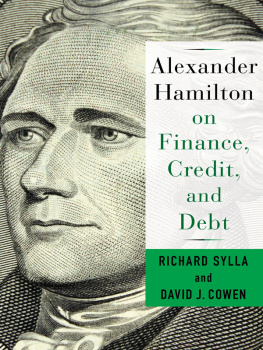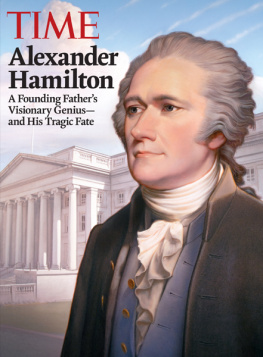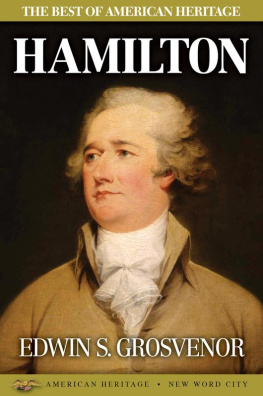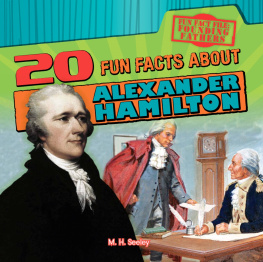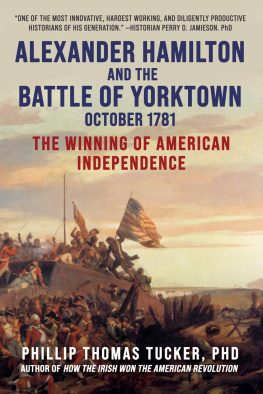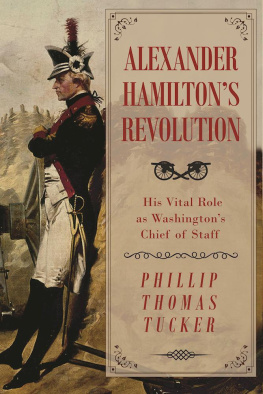Richard Sylla - Alexander Hamilton on Finance, Credit, and Debt
Here you can read online Richard Sylla - Alexander Hamilton on Finance, Credit, and Debt full text of the book (entire story) in english for free. Download pdf and epub, get meaning, cover and reviews about this ebook. year: 2018, publisher: Columbia University Press, genre: Politics. Description of the work, (preface) as well as reviews are available. Best literature library LitArk.com created for fans of good reading and offers a wide selection of genres:
Romance novel
Science fiction
Adventure
Detective
Science
History
Home and family
Prose
Art
Politics
Computer
Non-fiction
Religion
Business
Children
Humor
Choose a favorite category and find really read worthwhile books. Enjoy immersion in the world of imagination, feel the emotions of the characters or learn something new for yourself, make an fascinating discovery.
- Book:Alexander Hamilton on Finance, Credit, and Debt
- Author:
- Publisher:Columbia University Press
- Genre:
- Year:2018
- Rating:5 / 5
- Favourites:Add to favourites
- Your mark:
Alexander Hamilton on Finance, Credit, and Debt: summary, description and annotation
We offer to read an annotation, description, summary or preface (depends on what the author of the book "Alexander Hamilton on Finance, Credit, and Debt" wrote himself). If you haven't found the necessary information about the book — write in the comments, we will try to find it.
A treasure trove for financial and public policy geeks . . . will also help lay readers go beyond the hit musical in understanding Hamiltons lasting significance. Publishers Weekly
While serving as the first treasury secretary from 1789 to 1795, Alexander Hamilton engineered a financial revolution. He established the treasury debt market, the dollar, and a central bank, while strategically prompting private entrepreneurs to establish securities markets and stock exchanges and encouraging state governments to charter a number of commercial banks and other business corporations. Yet despite a recent surge of interest in Hamilton, US financial modernization has not been fully recognized as one of his greatest achievements.
This book traces the development of Hamiltons financial thinking, policies, and actions through a selection of his writings. Financial historians and Hamilton experts Richard Sylla and David J. Cowen provide commentary that demonstrates the impact Hamilton had on the modern economic system, guiding readers through Hamiltons distinguished career. It showcases Hamiltons thoughts on the nations founding, the need for a strong central government, problems such as a depreciating paper currency and weak public credit, and the architecture of the financial system. His great state papers on public credit, the national bank, the mint, and manufactures instructed reform of the nations finances and jumpstarted economic growth. Hamilton practiced what he preached: he played a key role in the founding of three banks and a manufacturing corporationand his deft political maneuvering and economic savvy saved the fledgling republics economy during the countrys first full-blown financial crisis in 1792.
A fascinating examination of Hamiltonian economics. The Washington Times
Richard Sylla: author's other books
Who wrote Alexander Hamilton on Finance, Credit, and Debt? Find out the surname, the name of the author of the book and a list of all author's works by series.

